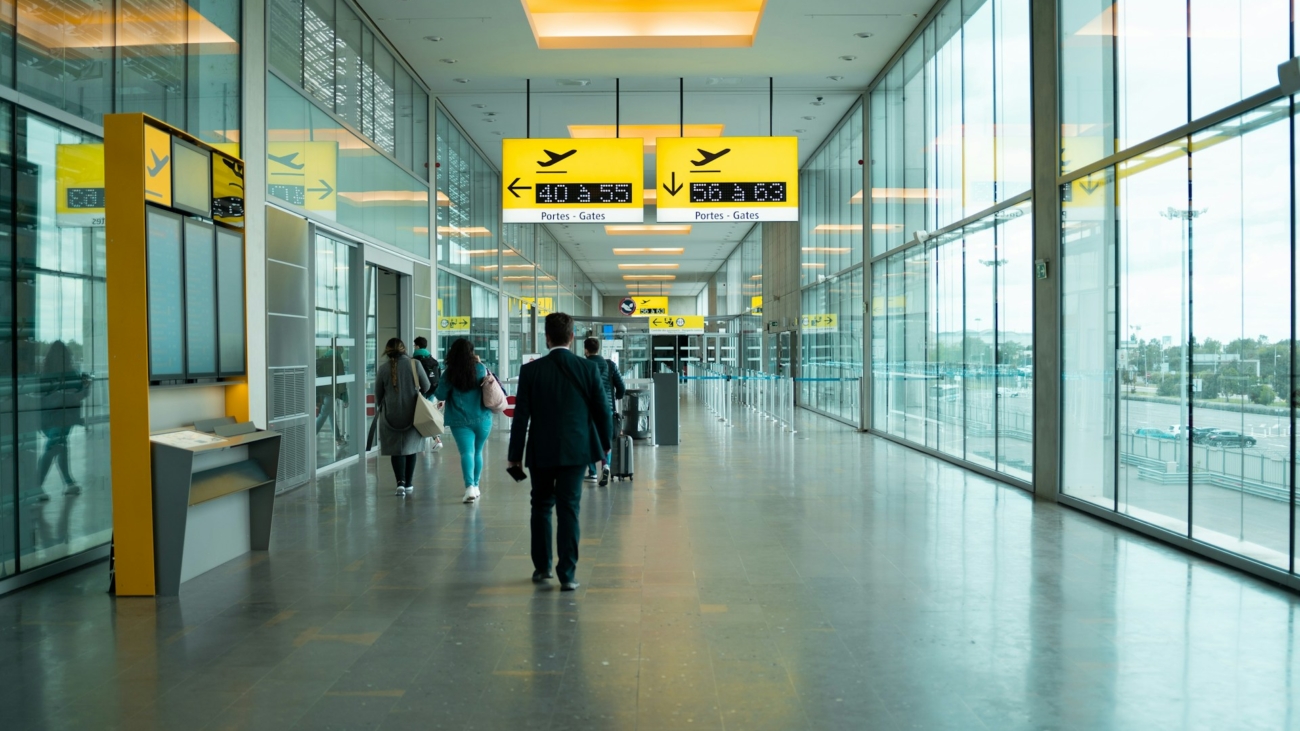As India rapidly urbanizes, the demand for sustainable and innovative energy solutions has never been greater. Kinetic footfall energy, an emerging technology that converts the kinetic energy from footsteps into electricity, offers a promising approach to addressing the nation’s energy needs. By installing energy-harvesting tiles in high foot traffic areas such as sidewalks, train stations, and stadiums, we can generate clean energy to power streetlights, signage, and other public utilities.
The implementation of kinetic footfall energy systems can significantly reduce India’s reliance on conventional energy sources, thereby decreasing carbon emissions and promoting environmental sustainability. Moreover, this technology can enhance urban infrastructure, improve public safety, and provide a reliable power source for essential services. As we explore the potential applications of kinetic footfall energy in India, it becomes clear that this innovation could play a vital role in the country’s journey towards a greener future.
Urban Smart Pavements
Urban areas in India, such as bustling city squares, shopping districts, and pedestrian zones, are ideal locations for the installation of kinetic energy-harvesting tiles. By capturing the energy generated by the constant flow of foot traffic, these smart pavements can provide a sustainable power source for various urban amenities. This clean energy can be used to power streetlights, public Wi-Fi hotspots, and interactive information kiosks, enhancing the overall infrastructure and livability of Indian cities.
In addition to their environmental benefits, smart pavements can also promote public safety. Well-lit streets and public areas reduce the risk of accidents and crime, creating a safer environment for residents and visitors. The integration of kinetic footfall energy systems into urban planning represents a forward-thinking approach to sustainable development in India’s rapidly growing cities.
Eco-Friendly Sports Arenas
India’s sports culture is thriving, with numerous stadiums and sports arenas hosting events that attract thousands of spectators. Integrating kinetic tiles into these venues, particularly in entryways, walkways, and seating areas, can generate significant amounts of renewable energy. This energy can be harnessed to power scoreboards, lighting systems, and concession stands, reducing the overall carbon footprint of these facilities.
Implementing kinetic footfall energy systems in sports arenas not only supports sustainability but also enhances the fan experience. By leveraging the energy of enthusiastic crowds, these venues can operate more efficiently and sustainably, setting a positive example for other large-scale public facilities in India.
Public Transit Stations
India’s public transit systems are among the busiest in the world, with millions of people using trains, subways, and buses daily. Installing kinetic tiles in high-traffic areas of transit stations can convert the energy from commuters’ footsteps into electricity, providing a reliable power source for essential services. This renewable energy can be used to power digital signage, ticket machines, and station lighting, reducing the operational costs and environmental impact of public transport hubs.
By incorporating kinetic footfall energy systems into public transit infrastructure, India can improve the sustainability and efficiency of its transportation network. This innovation not only benefits the environment but also enhances the commuter experience, making public transit a more attractive option for urban residents.
Educational Campuses
Educational institutions in India, from schools to universities, are ideal candidates for the implementation of kinetic energy-harvesting tiles. High-traffic areas such as hallways, cafeterias, and common spaces can generate substantial amounts of renewable energy. This energy can be utilized to power classroom lights, projectors, and electronic devices, promoting energy conservation and environmental awareness among students.
Integrating kinetic footfall energy systems into educational campuses aligns with the goals of sustainability and innovation in education. By adopting this technology, educational institutions can reduce their energy costs, lower their carbon footprint, and inspire the next generation of environmentally conscious citizens.
Tourist Attractions and Theme Parks
India’s rich cultural heritage and numerous tourist attractions draw millions of visitors each year. Installing kinetic tiles in popular destinations, amusement parks, and heritage sites can capture the energy from foot traffic, providing a sustainable power source for various facilities. This renewable energy can be used to illuminate pathways, power information boards, and enhance security systems, creating a more enjoyable and sustainable experience for tourists.
By leveraging kinetic footfall energy, India’s tourist attractions can operate more efficiently and sustainably, setting a standard for eco-friendly tourism. This innovation not only supports the environment but also enhances the reputation of India as a destination committed to sustainability and responsible tourism.
Conclusion
The adoption of kinetic footfall energy systems in India represents a significant step towards sustainable urban development. By harnessing the kinetic energy generated by foot traffic in high-traffic areas, we can create a reliable and renewable power source for various public utilities. This technology offers numerous benefits, including reduced carbon emissions, enhanced public safety, and improved infrastructure.
As India continues to grow and urbanize, the need for innovative and sustainable energy solutions will become increasingly important. Kinetic footfall energy has the potential to play a crucial role in meeting this demand, providing a cleaner and more efficient alternative to traditional energy sources. By embracing this technology, India can take a significant stride towards a greener, more sustainable future.

